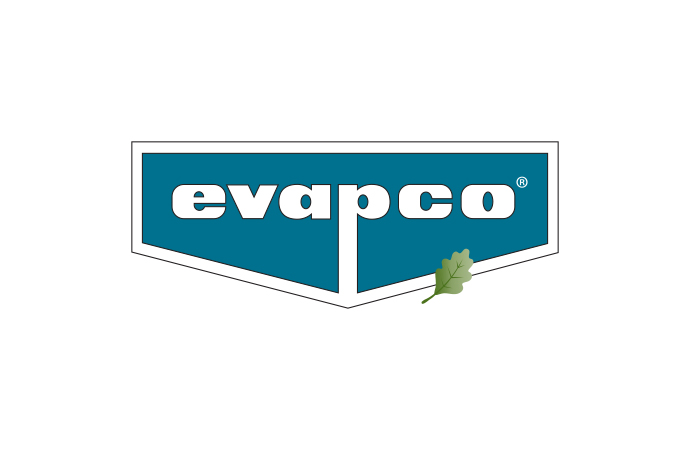Just before Christmas 2010, Königssee opened the doors to its newly renovated, ammonia cooled ice channel on the racing rink in time for one of the bobsleigh, luge and skeleton world cup meetings in the championship 2011. ammonia21.com had a closer look at the ammonia system that keeps the channel cool.

A roughly 40-strong team from ThyssenKrupp Xervon has supplied the legendary Königssee bobsleigh and luge track, the world’s oldest artificially refrigerated track and venue for many luge, bobsleigh and skeleton competitions, with new refrigeration equipment.
During the last seven months, a total of 32 kilometers of pipes and 560 fittings have been installed in the partially rebuilt and partially modified track.
€22 million have been invested into the renovation of the ice channel in Königssee, €1.5 dedicated to overhaul the ammonia system that had already been installed in 1969 by the Swabian company Sümak and a first time renovated in 1999 by Sulzer-Escher Wyss from Lindau, Germany. 75% of the funding for this project was provided by the federal government, the rest being financed by the land of Bayern and the rural district.
The structural renovation of the facility took into account new building safety regulations and new requirements by the international sports association. 250 people worked daily on the 1.3 km long concrete channel.
A total of 32,000 meters of stainless steel pipes with diameters of DN 20 to DN 300 were installed. Inclusive of fittings, this amounts to about 140 metric tons of materials that, assembled into ready-to-install units, had to be transported to the track, lifted into the formwork and fitted. This was accompanied by the installation of about 560 fittings, 12 tons of pipe fasteners and about 120 individual items of electrical, control and instrumentation equipment.
The whole track is 1.7 km long, contains 18 curves with a maximal 14% downward slope and is cooled with a 900 kW ammonia system of 40,000 kg charge.
The refrigerant that chills the artificial ice track is integrated in the on-average 15-30 cm thick concrete channel. It runs in separate refrigeration sections known as collectors. Each collector consists of individually shaped pipes. The liquid refrigerant flows through them and, via further piping, is fed outward into various collectors before returning to the refrigerant circuit.
The energy consumption of the system strongly depends on the weather conditions. The annual maintenance of the system is carried out by the company Haas from Chieming, Germany, before season opening.
During the last seven months, a total of 32 kilometers of pipes and 560 fittings have been installed in the partially rebuilt and partially modified track.
€22 million have been invested into the renovation of the ice channel in Königssee, €1.5 dedicated to overhaul the ammonia system that had already been installed in 1969 by the Swabian company Sümak and a first time renovated in 1999 by Sulzer-Escher Wyss from Lindau, Germany. 75% of the funding for this project was provided by the federal government, the rest being financed by the land of Bayern and the rural district.
The structural renovation of the facility took into account new building safety regulations and new requirements by the international sports association. 250 people worked daily on the 1.3 km long concrete channel.
A total of 32,000 meters of stainless steel pipes with diameters of DN 20 to DN 300 were installed. Inclusive of fittings, this amounts to about 140 metric tons of materials that, assembled into ready-to-install units, had to be transported to the track, lifted into the formwork and fitted. This was accompanied by the installation of about 560 fittings, 12 tons of pipe fasteners and about 120 individual items of electrical, control and instrumentation equipment.
The whole track is 1.7 km long, contains 18 curves with a maximal 14% downward slope and is cooled with a 900 kW ammonia system of 40,000 kg charge.
The refrigerant that chills the artificial ice track is integrated in the on-average 15-30 cm thick concrete channel. It runs in separate refrigeration sections known as collectors. Each collector consists of individually shaped pipes. The liquid refrigerant flows through them and, via further piping, is fed outward into various collectors before returning to the refrigerant circuit.
The energy consumption of the system strongly depends on the weather conditions. The annual maintenance of the system is carried out by the company Haas from Chieming, Germany, before season opening.
MORE INFORMATION
Related stories


















_1522327086.png)





